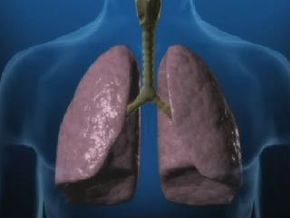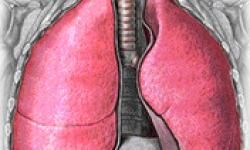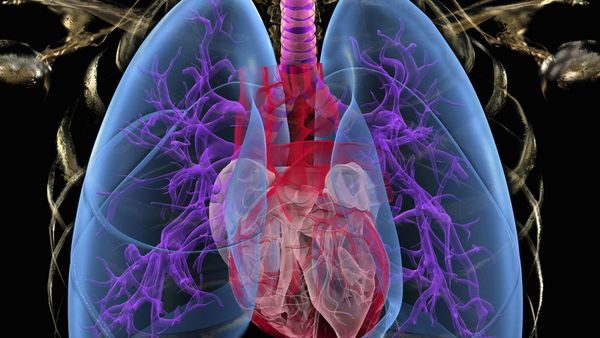Chronic obstructive pulmonary disease (COPD) refers to a group of lung conditions that make it difficult to breathe. It is the fourth leading cause of death in the United States. The two main forms of COPD are chronic bronchitis and emphysema, and most people with COPD have a combination of these two conditions. COPD is a progressive disease, meaning it worsens over time, and most people diagnosed with it are over 40 years old. Many people have the disease but don’t realize it until the later stages, as the symptoms become more prominent. The most common cause of COPD is smoking, but long-term exposure to irritants, chemicals or allergens can also cause COPD. In addition, people who don’t have a protein called alpha-1 antitrypsin are at risk of developing emphysema. The lung damage from COPD cannot be reversed but there are treatment options that can slow the progression of the disease.
The disease affects the small branches in the lungs, known as bronchioles, as well as the tiny air sacs, known as alveoli. The alveoli are supposed to be springy and elastic, but in COPD they become floppy and lose their shape. This causes the alveoli to collapse when you try to breathe out, trapping air inside the tiny sacs. In addition, the walls of the bronchioles and alveoli become thick and inflamed and produce a lot of mucus, which blocks the air from getting in and out. As a result, oxygen is prevented from getting into the body, which is why people with COPD feel short of breath. Feeling short of breath is usually what brings people to the doctor and leads to a diagnosis of COPD, but the first sign of COPD is usually coughing up a lot of mucus. Other symptoms of COPD are wheezing, chest tightness and fatigue.
Advertisement


